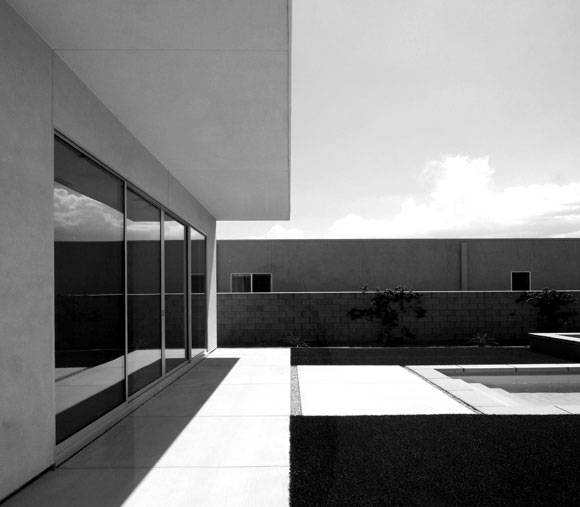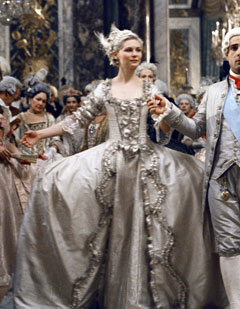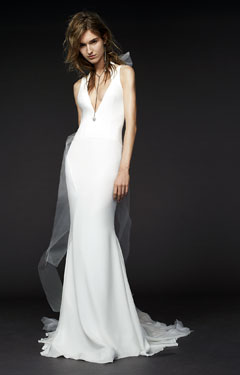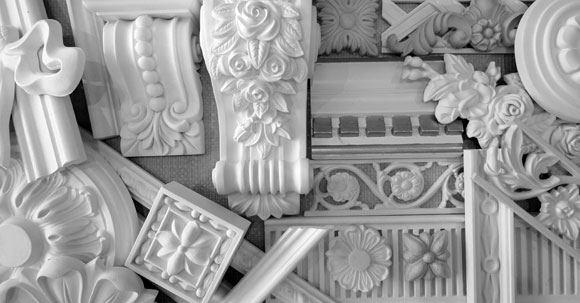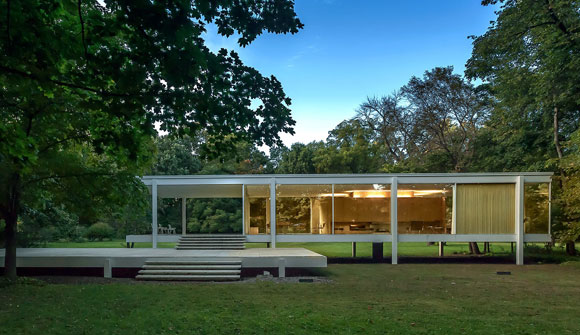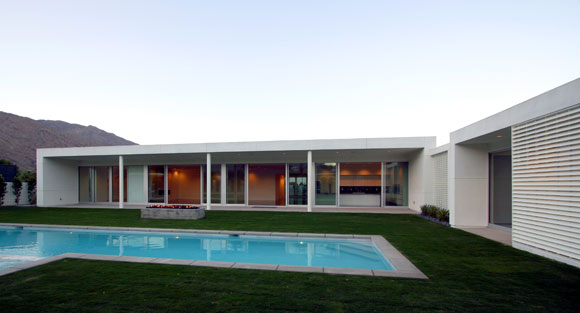A SUMMER IN BLACK AND WHITE
Known as Muscle Beach: his steroid-induced presence is both impressive and so what. (photo by Anthony Poon)
Over two decades ago, I arrived into a Los Angeles summer. Between my job at a Melrose studio working on a building in Zurich, and designing one of my first independent projects, a café in West Los Angeles, I grasped tightly my 35 mm Nikon FE2, never putting it down. This summer was an authentic and faithful period of history that preceded iPhones and the obsessive posting of self-indulgent photos.
Like many amateur photographers, I shot with a single lens reflex camera loaded with black and white Kodak Plus-X 125 film. Each outing was strictly limited to 32 photos. Sorry, no overshooting and over curation, and no dishonest post-production filters and tools of laziness. None of this.
Rather, simply see something with your eyes, react quickly and shoot once, maybe twice. And move on with your existence.
I apprehended my blistering Southern California summer in dozens of shots—nothing fancy, just honing in on life as it passed in front of me. Below, I introduce you to three chapters: Venice Beach, Downtown and Melrose Avenue. (All photographs by Anthony Poon. Past gallery exhibitions at TwoPart, Los Angeles, California, and Gund Hall, Harvard University, Cambridge, Massachusetts.)
VENICE BEACH
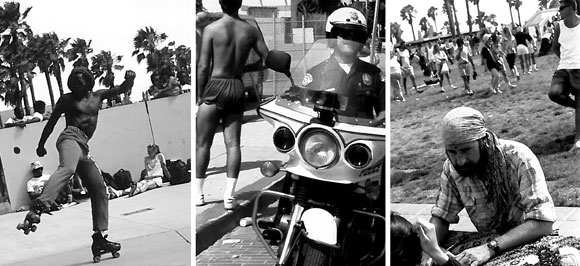
above left: The exhuberance of a street performer barely noticed by a relaxing crowd, his reluctant audience. The ocean wind blasts the background palms as the skater stays deftly afloat.
above center: The formality and discomfort of a policeman’s black wool outfit of decorum is shunned by a beach goer’s short shorts and athletic socks pulled up too high.
above right: The perplexed listener scratches her head as the accommodating fortune teller predicts, “Someone special will be entering your life very soon.” The standard-issue, muscle-bound bloke has no concerns in the world.
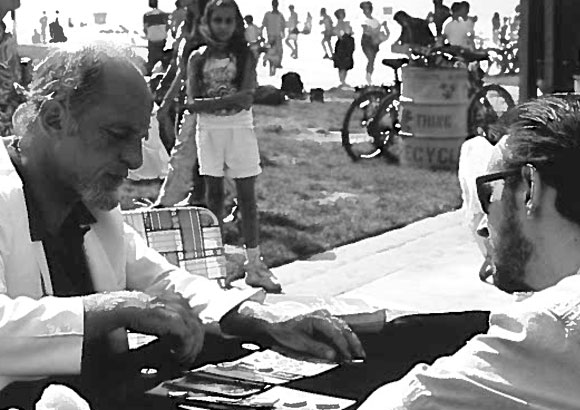
The card shark deceives his unknowing victim taking all his hard earned cash. The worldly young girl, years beyond her age, has figured out the scam.
DOWNTOWN
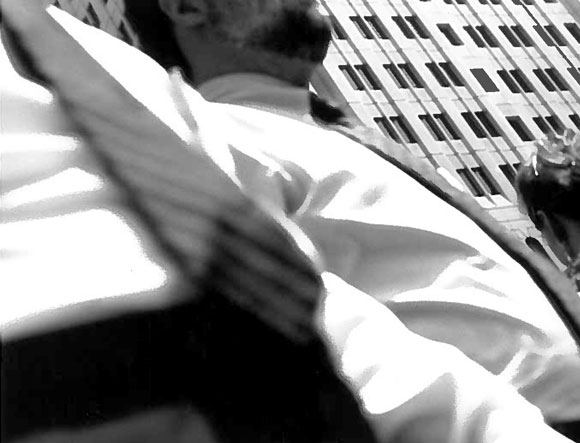
The predictable striped ties against the background of striped architecture.
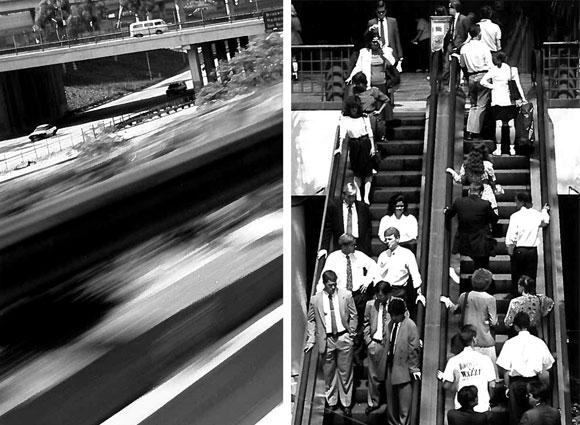
above left: The city is about motion, going places, leaving places, never sitting still. The car, the vessel of choice. The freeway, the path of choice.
above right: Coming and going, with no place in particular to depart or to land.
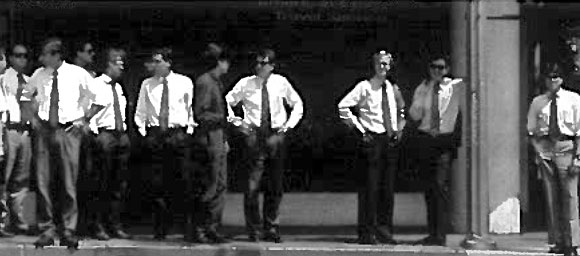
White shirts, dark ties, hands on waist—the professionals anxiously watch their lunch time getaway sadly tick away. Their windowless, beige cubicles await.
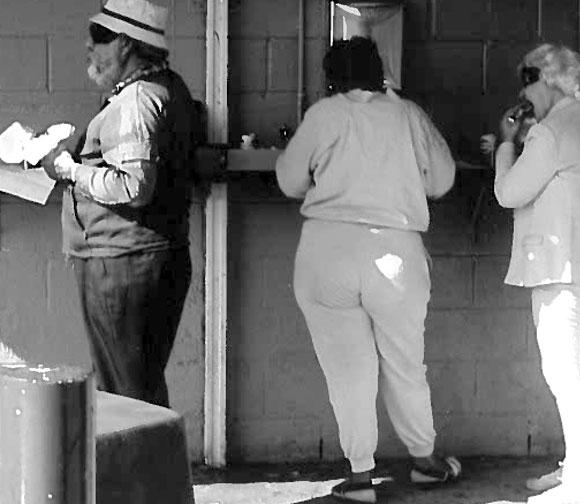
World-famous burgers consumed with no guilt at the Original Tommy’s.
MELROSE

An aggressive bike and two club chicks ready to be acknowledged for their non-conformance.
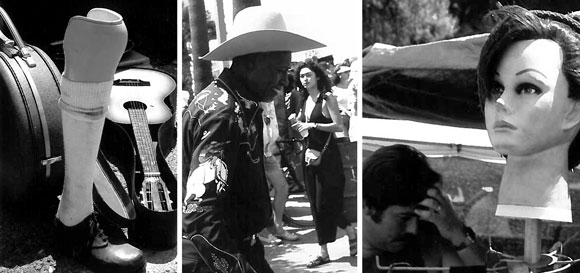
above left: The folksy guitarist warms up for his impromptu show and he calls to himself, “Break a leg!”
above center: A California cowboy in dark black cowboy garb noticed by a porcelain Asian in a summer dress and roman sandals.
above right: It’s okay. Don’t lose your head.
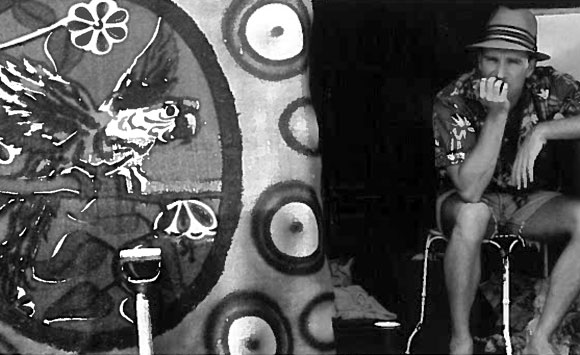
Kerouac-inspired nomad On the Road muses: Will I ever be as free as my bold bird friend?



